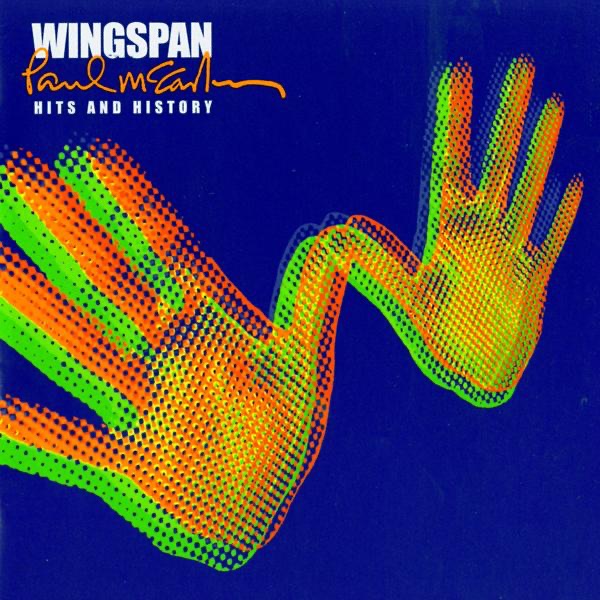
A wave of England flags on lamp posts and painted roundabouts has prompted confusion over what’s legal, and what isn’t
Hundreds of red and white flags have been spotted in recent days, from roundabouts in Heywood and bus stops in Rochdale, to road signs and across Bury. While many see these displays as harmless expressions of national pride, local authorities are urging residents to think twice, particularly when it comes to painting roads and public infrastructure.
This week, Oldham Council issued a formal warning after red crosses were painted on a roundabout in Fitton Hill, one of several such incidents in Greater Manchester. Similar modifications were reported in Sale and Trafford, including junction markings deliberately altered to resemble the St George’s flag.
A council spokesperson said: “We are proud to fly the Union flag every day, and we of course support free expression, including the flying of flags from private homes and businesses. However, painting flags over public property is illegal.”
The legal warning centres on Section 132 of the Highways Act 1980, which makes it a criminal offence to paint, inscribe or affix anything on a public highway without permission. In particular, defacing road surfaces or roundabouts could pose safety hazards for both motorists and pedestrians, especially when visibility markings or signage are obscured.
“It costs public money to repair the damage, which could be better spent on vital services,” the spokesperson added. “It also presents a safety issue on roundabouts, which have strict guidance on how they should look. It is important that we honour the Union and St George’s flags and fly them properly; spraying them on the ground does not do them justice.”

In Heywood, some residents have painted red crosses on white roundabouts, as well as on bus shelters and lamp posts owned by the council and Transport for Greater Manchester. These actions fall under criminal damage, and councils have the power to remove unauthorised markings or structures and pursue further enforcement if required.
Government guidance does allow flags to be flown from private homes without planning permission in most cases. Official advice from the Department for Levelling Up, Housing and Communities encourages greater use of both the Union Flag and St George’s Cross on homes and commercial buildings, especially during national events.
However, clear rules apply, even for permitted flags. They must not block traffic signs, obscure safety markings, or be placed without the property owner’s consent. Flags containing advertising, logos or slogans usually require formal approval.
Greater Manchester Mayor Andy Burnham commented on the controversy in a recent radio interview. While recognising people’s right to fly flags from their homes, he warned against painting symbols onto public assets. “You can obviously display a flag if that’s your choice,” he told BBC Radio Manchester. “But I don’t think you’ve got the right to go out and paint public property. I do wonder about the times we’re living in. Some people may be seeking confrontation.”
Burnham’s comments reflect a wider debate around public displays of nationalism. While some supporters argue they are driven by “pride and patriotism”, critics say the trend risks politicising shared spaces and stretching limited council resources.
Councils across the region are now reviewing their responses, with some opting to remove the markings immediately and others considering temporary tolerance, depending on location and public safety concerns.
Residents wanting to show support for England or any other nation are encouraged to do so within the law and on private property only.
For more on what flags are allowed and when permission is needed, residents can consult the government’s guide at:
https://www.gov.uk/government/publications/flying-flags-a-plain-english-guide


 GMP cracks down on internal corruption in proactive investigation into officer misconduct
GMP cracks down on internal corruption in proactive investigation into officer misconduct
 Rochdale Council launches consultation on changes to Council Tax Support Scheme
Rochdale Council launches consultation on changes to Council Tax Support Scheme
 Live music debuts at Theatre Royal with acclaimed Manchester act
Live music debuts at Theatre Royal with acclaimed Manchester act
 71 dogs and puppies rescued from suspected illegal breeders in Bury
71 dogs and puppies rescued from suspected illegal breeders in Bury
 £1m cannabis farm dismantled by GMP officers in Heywood raid
£1m cannabis farm dismantled by GMP officers in Heywood raid
 AFC Supporters comic Poem written about Rochdale's last match called Muddy Hell!
AFC Supporters comic Poem written about Rochdale's last match called Muddy Hell!
 Bury GPs urge parents to vaccinate children against flu ahead of Christmas
Bury GPs urge parents to vaccinate children against flu ahead of Christmas
 Rochdale teenager clinches national racing title in debut car season
Rochdale teenager clinches national racing title in debut car season
 Mill complex left derelict by massive fire goes up for sale
Mill complex left derelict by massive fire goes up for sale
 Ellie Roebuck completes Joseph Holt training course at pub that shares her name
Ellie Roebuck completes Joseph Holt training course at pub that shares her name
 New canopies unveiled as Bury Market revamp takes major step forward
New canopies unveiled as Bury Market revamp takes major step forward
 Man charged with rape of two teenage girls in Bolton
Man charged with rape of two teenage girls in Bolton




Comments
Add a comment